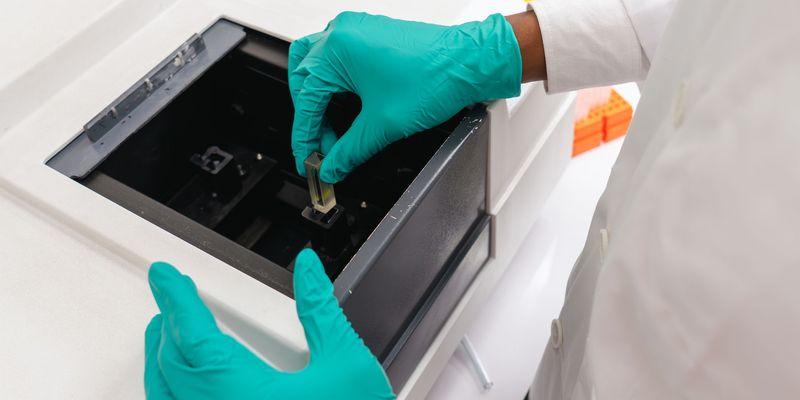
**Collaboration Between Industry and Academia Enhances Verification of Chemical Structures**
Through a revolutionary partnership between industry and academia, scientists have created an innovative tool that combines infrared and proton NMR spectroscopy data to streamline the verification process of chemical structures. This advancement aims to considerably reduce the time that organic chemists spend on spectral analysis by automating the structure verification workflow.
In the past, chemists relied on spectral data alone to ascertain a chemical structure, which was a detailed and labor-intensive process. Automated structure verification now provides a viable solution. It identifies the most likely structure from a pool of candidates, similar to how chemists discern reaction products in real-world situations. While there are existing tools intended to automate this procedure, many focus primarily on NMR spectra, and still do not substitute for expert human evaluation.
Jonathan Goodman from the University of Cambridge points out the difficulty: “If an organic chemist examines a spectrum, they can likely interpret it. But if they receive 1000 spectra that a robot has generated, they have no chance of accomplishing that.” This issue is magnified as chemists increasingly adopt automated high-throughput synthesis methods, heightening the demand for fast and reliable structure verification tools.
This demand enabled Goodman and his team at Cambridge to partner with AstraZeneca researchers in Sweden. Collectively, they developed a tool that uses density functional theory calculations to predict proton NMR and infrared spectra based on a selection of potential structures. These predicted spectra are then matched with experimental data, providing a score for each candidate to assist in identifying the most probable structure. Significantly, their research revealed that combining proton NMR and infrared data markedly improved confidence in determining the correct structure, compared to using NMR or IR data independently.
Reflecting on the achievements, Kristaps Ermanis from the University of Nottingham remarks, “I believe the primary advancement is the merging of two quite different spectroscopy techniques and demonstrating that this enhances overall structure verification, which I don’t think has been previously established for structure verification.”
**Revealing New Perspectives and Future Opportunities**
An intriguing finding from this research was the instructive value of infrared data, comparable to that of proton NMR data. Goodman suggests a change in possible analytical approaches, indicating that chemists might consider using infrared data first, turning to NMR only if necessary. “Infrared provides genuinely useful information. We should utilize infrared more because we can now optimize the data it yields,” Goodman recommends.
Benji Rowlands, a PhD student crucial to the study, comments, “We likely have a tendency to favor NMR when assessing the effectiveness of a technique due to its high interpretability. However, that doesn’t imply that the infrared spectrum lacks substantial information regarding the molecule’s structure.”
Although progress has been made, the tool’s development is ongoing. Researchers are now exploring machine learning applications to improve and accelerate spectral predictions. Ermanis also proposes integrating various structural data types, such as mass spectrometry fragmentation data, which is common in the industry and works well alongside other spectral data types.
Looking towards the future of automated spectral analysis, Goodman remains realistic, mentioning the challenge of achieving perfect accuracy consistently. “It hinges on how much of a perfectionist you are. Because if you aim to input the spectra and obtain precisely the right answer each time, I believe we are quite far from that.”
Rowlands, however, offers a different viewpoint, stressing the practical usage of such tools. “The situations where you’d truly want to do that are limited. The more typical workflow involves organic chemists believing they know what they’ve synthesized and needing to confirm it. From that verification standpoint, I think we are much nearer to having a reliable tool that can inform you whether you are correct or not.”
This groundbreaking collaboration signifies a meaningful advancement in melding advanced computational methods with practical chemistry, suggesting a more efficient and precise future for chemical structure verification.